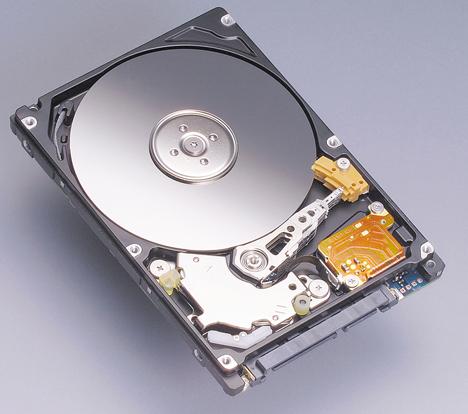Linux User Disk Quota Implementation
What is disk quota? Ans : Disk quota is nothing but restricting the disk-space usage to the users. We have to remember one thing when we are dealing with disk quota i.e Disk Quota can be applied only on disks/partitions not on files and folders. So how we can implement disk quota? Disk quota can be implemented in two ways a. On INODE b. On BLOCK What is an INODE? Ans : In Linux every object is consider as file, every file will be having an inode number associated and this is very much easy for computer to recognise...
Read More


